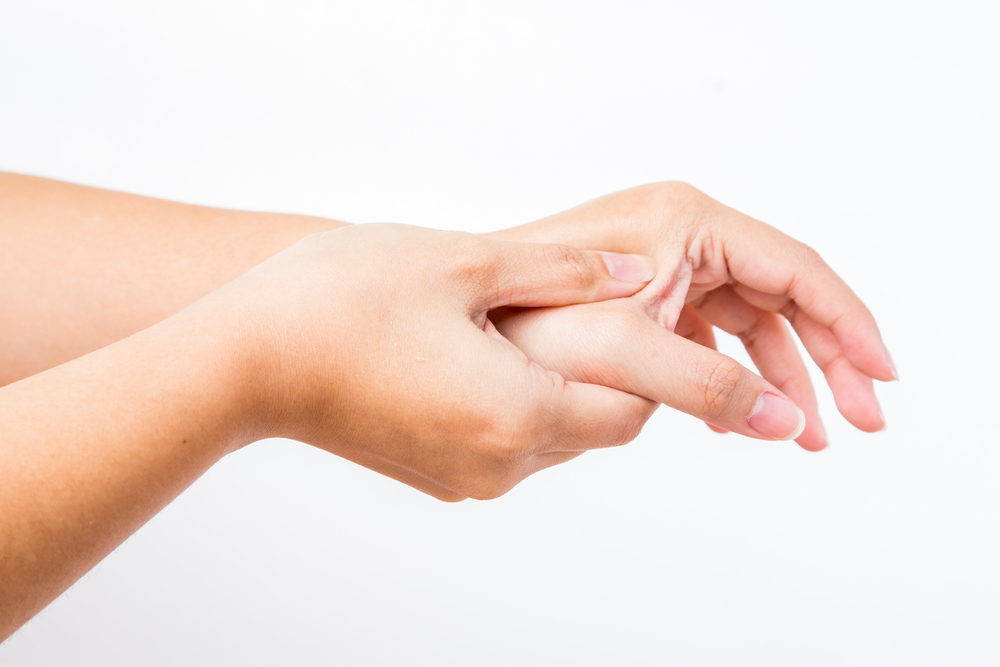DIAGNOSIS
Physicians don’t utilize an X-ray or imaging test to determine if you have tenosynovitis. Most can quickly identify this condition by applying pressure on your thumb or on the side of your wrist and see if it brings a painful sensation to you.
There is also another test being conducted by doctors called Finkelstein Test for a more accurate diagnosis of this condition. This is done by employing several movements from bending your thumb across your palm, bending your four fingers on top of your thumb to bending your whole wrist to the side of your pinky finger. When this set of movements causes a painful reaction from you coming from your wrist, there is a high chance that you have De Quervain’s Tenosynovitis.
TREATMENT
There are three ways to counter the inflammation brought by this medical condition as well as giving ease of movement on your wrist and preventing a relapse of the symptoms: through medication, therapy, and surgery.
Doctors often prescribed you with pain relievers that can reduce the painful sensation together with the swelling of the tendons of your wrist. These may include taking over-the-counter drugs like Naproxen and Ibuprofen. Injecting corticosteroid in the muscles of your wrist can also significantly reduce its swelling. Many cases show that one injection of corticosteroid within the first six months that the symptoms appear is already enough to recover from the condition.
A therapist can assist you in using your wrist correctly to avoid getting a painful sensation. These might include some routines or alternative use of your wrist that lessen the stress that you incur to it. Exercise is also suggested by the therapist to strengthen once more the tendons of your wrist.
Surgery was the last option for this condition when it got severe. During the operation, doctors will open the sheath in the tendons of your wrist so that the pressure inhibiting its movement will be released. Therapy commonly follows after surgery to provide strengthening exercise for your wrist once again.


